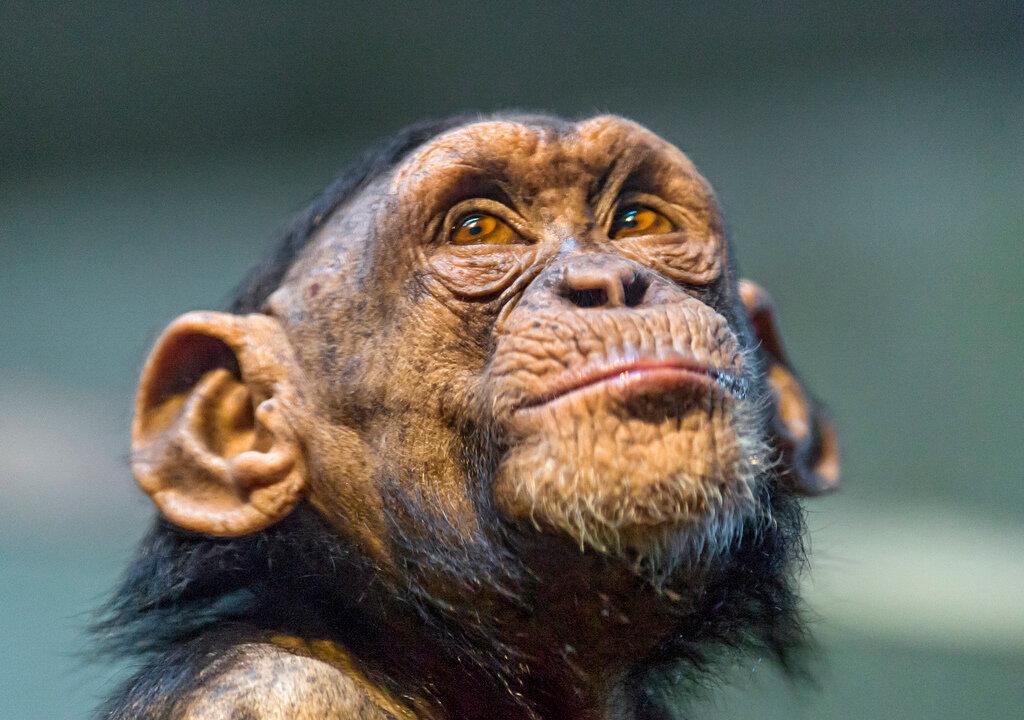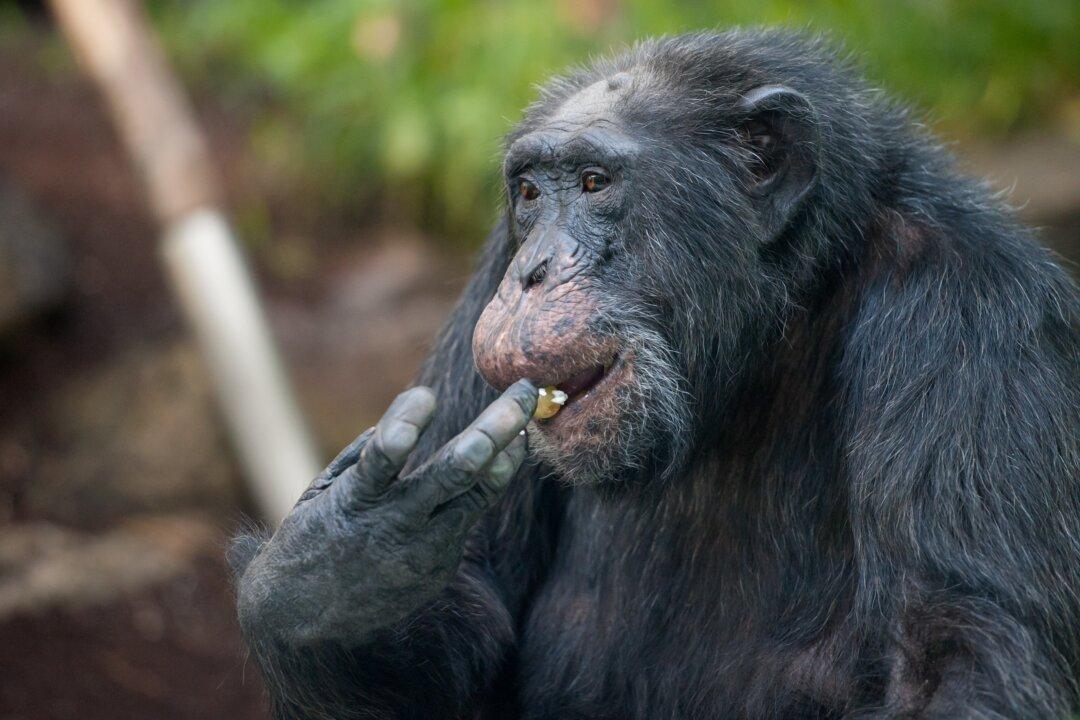It’s a mystery why male chimps kill other adults, but a new study suggests the behavior may have little to do with human activities.
Few animals, other than humans, show deadly aggression, and the field of primatology has been divided as to what causes this behavior among primates: adaptive strategies or man-made changes.
The new study is unique, says Jill Pruetz, professor of anthropology at Iowa State University, because it includes data from every research site dedicated to observing chimps and bonobos, including her site in Fongoli, Senegal. The impact of the gold rush in parts of Senegal contributed to her thinking about human impact.
“You have people coming in disturbing parts of the habitat that are important for chimpanzees. In one village near another research site, the population went from 100 people to around 10,000.
“When you have a human influx like that the chimps don’t have much choice but to move. If they move into another chimp community’s home range, something is going to happen and not all the chimps are going to survive.”
Reproductive Success
For the study, published in Nature, researchers analyzed data from 18 chimpanzee communities studied over the course of more than 400 years, which included 152 killings by chimps in 15 communities.
The data shows that the most important predictors of violence are related to the species, the age and sex of the attackers and victims, and community membership and demography. The killing of adult chimps can also be an adaptive strategy to indirectly increase reproductive success, Pruetz says.
“For example, Ngogo is a huge chimp community in Uganda and they have a huge number of males. What they’ve seen there is more lethal events than any other site. The males of one community are able to increase their home range, and it’s thought that it translates into reproductive success for these males because they have better access to food and more females.”
Researchers looked at human activities that affect food supply, resulted in crowding because of deforestation, or caused disruption from disease or hunting, but did not find a significant impact on aggression. For example, the Ngogo site had abundant food and high forest productivity, but the highest rate of deadly aggression.
Data from the bonobo research sites included just one suspected killing, which further supported the adaptive strategies hypothesis.
“If chimpanzee violence results from human impacts, then presumably human impacts should induce violent behavior in bonobos as well, the authors write.” Understanding what factors contribute to aggressive behavior will help scientists working to protect the endangered species.
Deadly Violence Still Rare
The number of chimpanzee killings far outnumbered those by bonobos. However, the rate of deadly violence is still a rare occurrence.
The chimps at her research site are not overly aggressive and she has only recently started to see deadly violence. The data collected for the study translates to about one lethal event every five years. The collaborative effort provided a significant sample size for researchers to conduct a broader analysis that they could not accomplish alone.
Pruetz wants to continue the collaboration to better understand the differences in aggression between West African and East African chimps. While human impact doesn’t account for deadly violence among chimps, significant human disturbance could cause some disruption that leads to lethal aggression, Pruetz says.
“To play the devil’s advocate, from the human impact perspective, you might say that the densities we see today reflect human impact,” Pruetz says.
“It’s really hard to account for the way that we have shaped chimpanzee communities in the last 100 years, but we know that chimps have drastically reduced in numbers.”
Republished from Futurity.org under Creative Commons license 3.0. Read the original.
*Image of a chimpanzee by Tambako the Jaguar via Compfight cc




